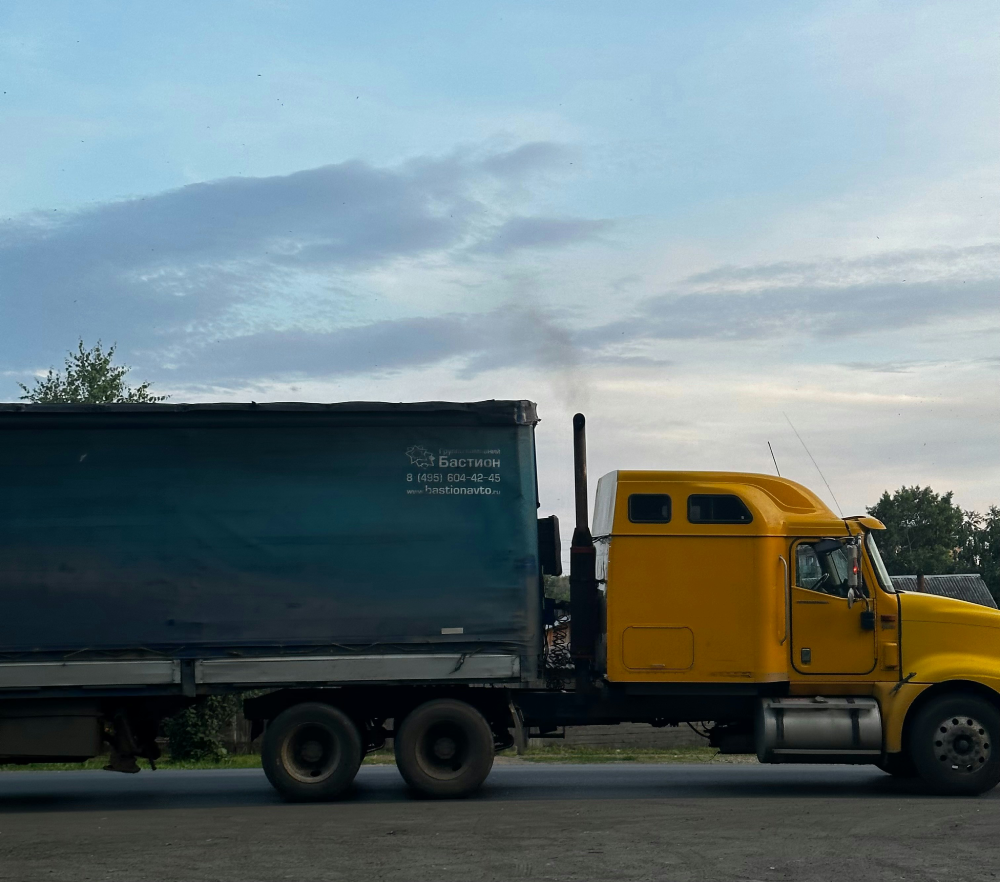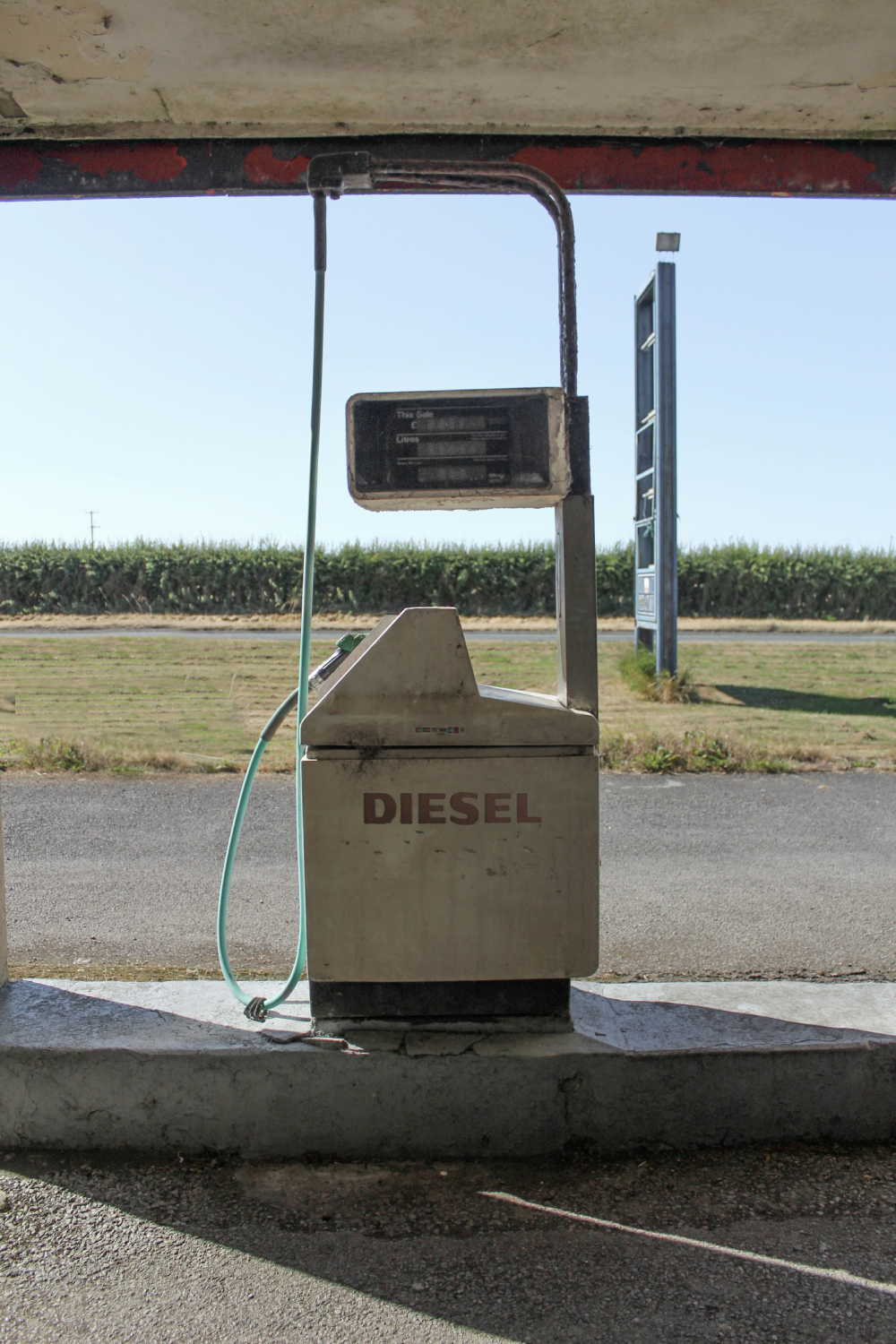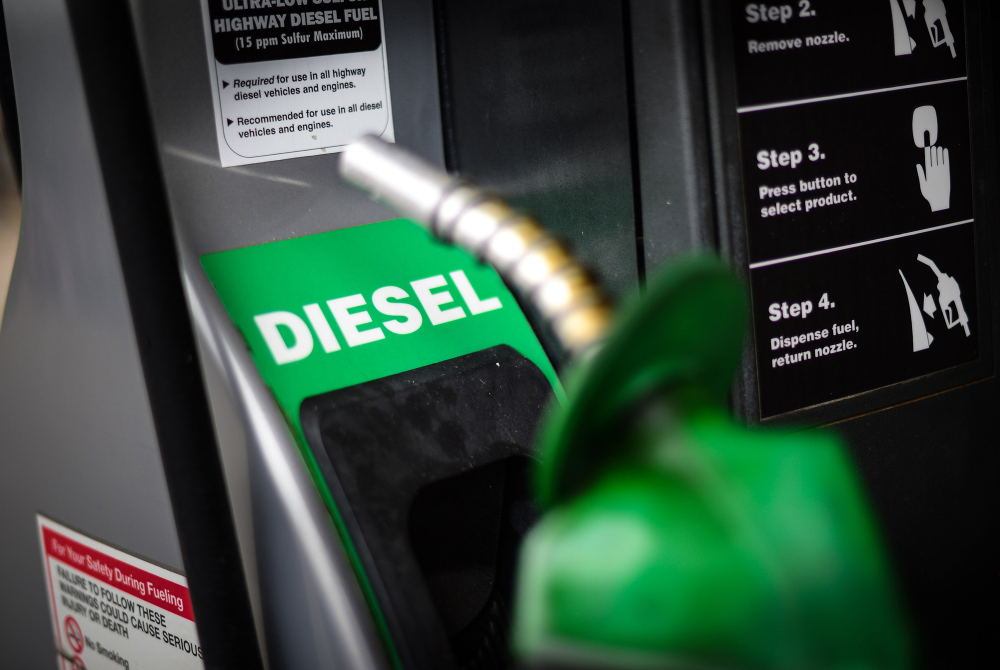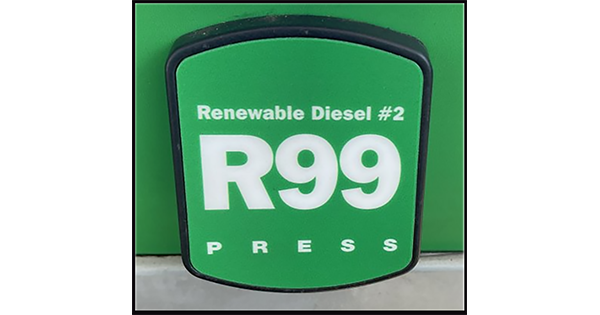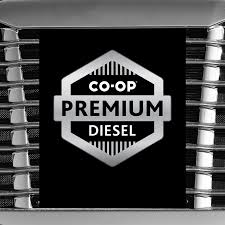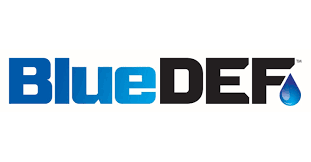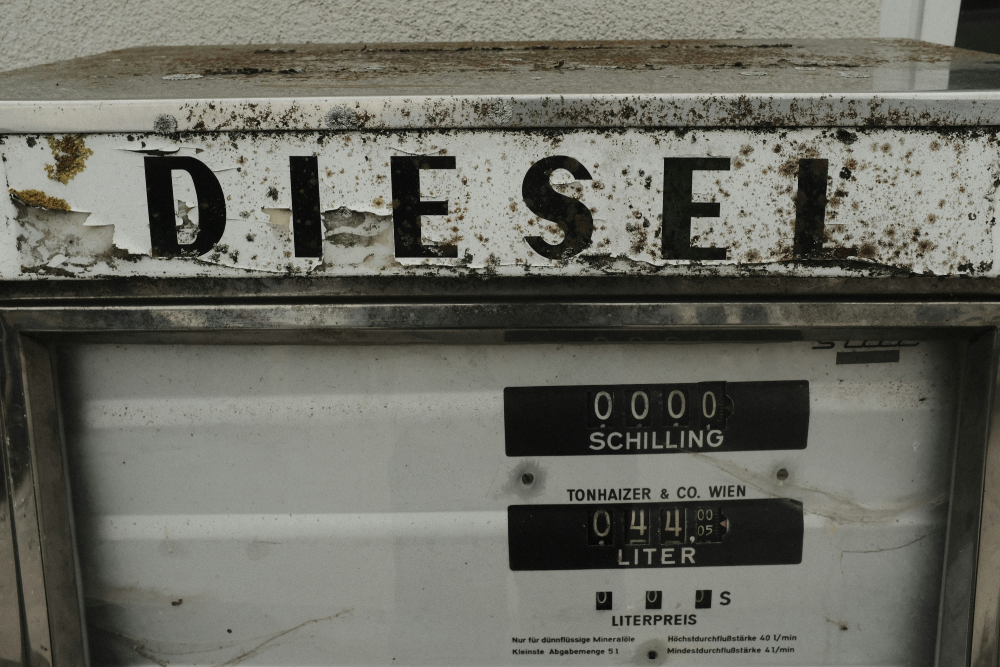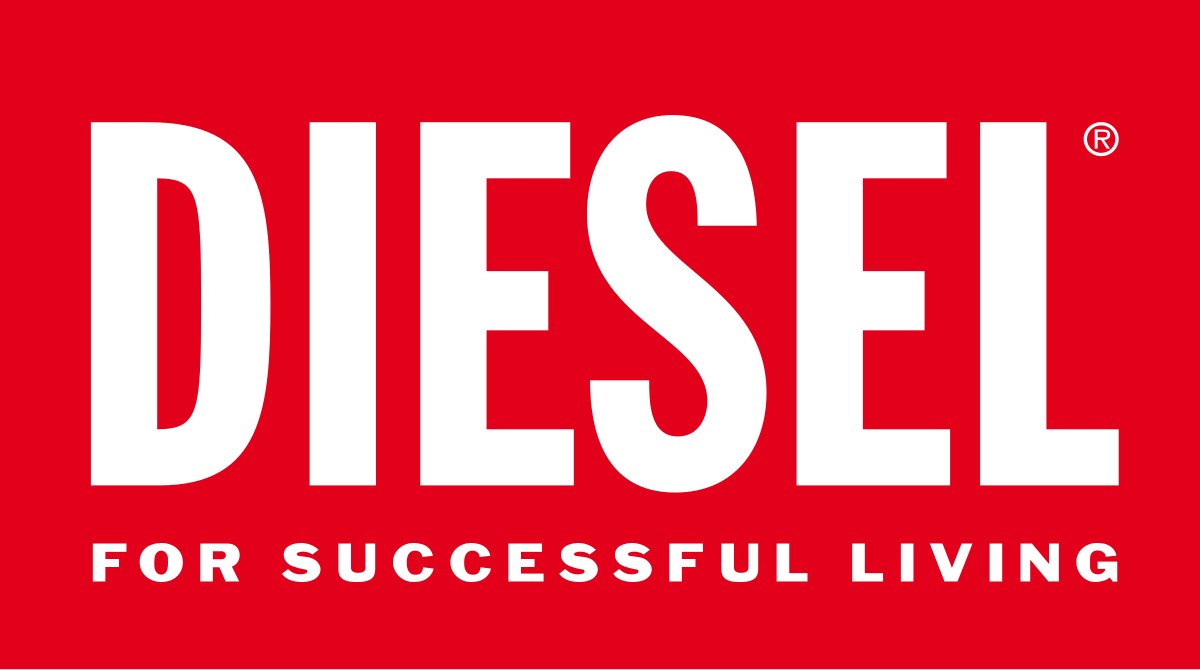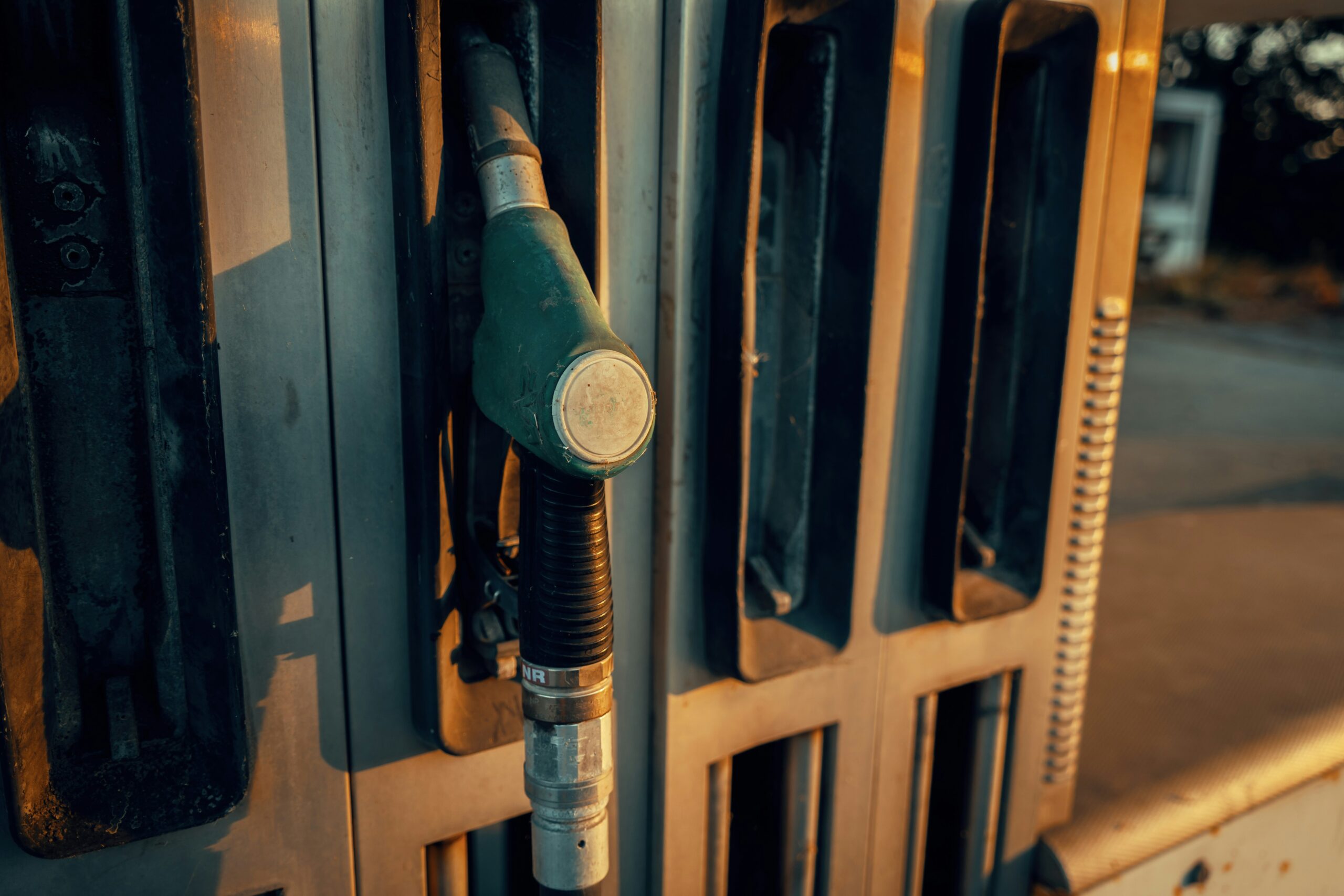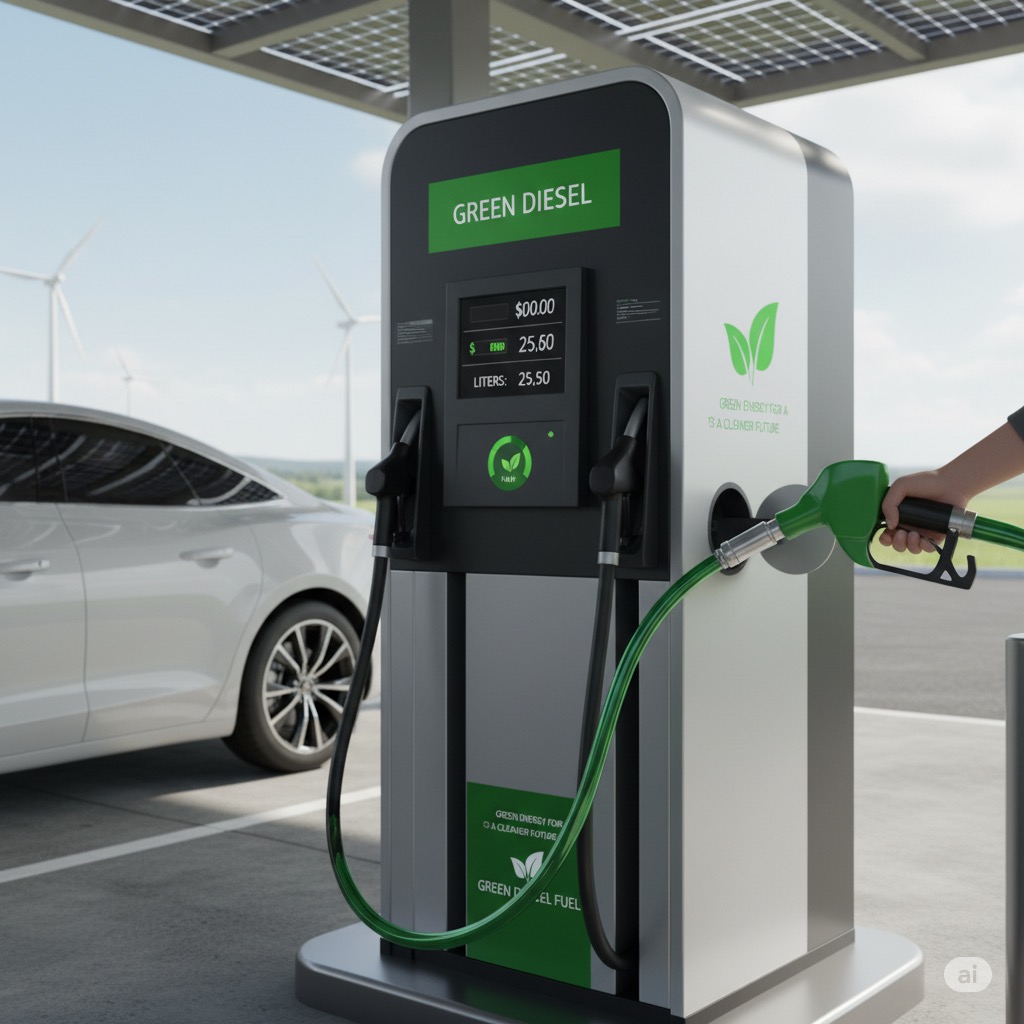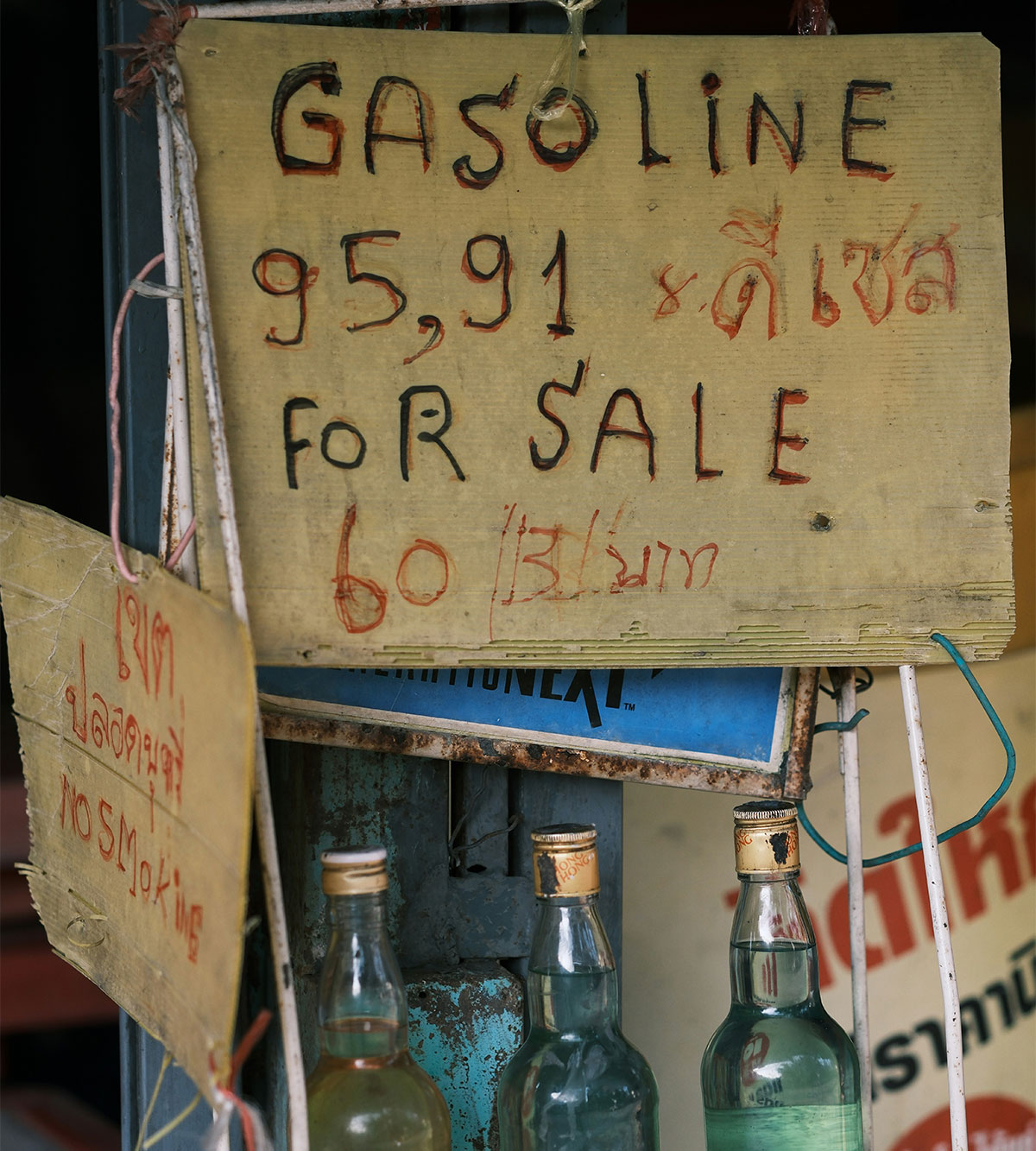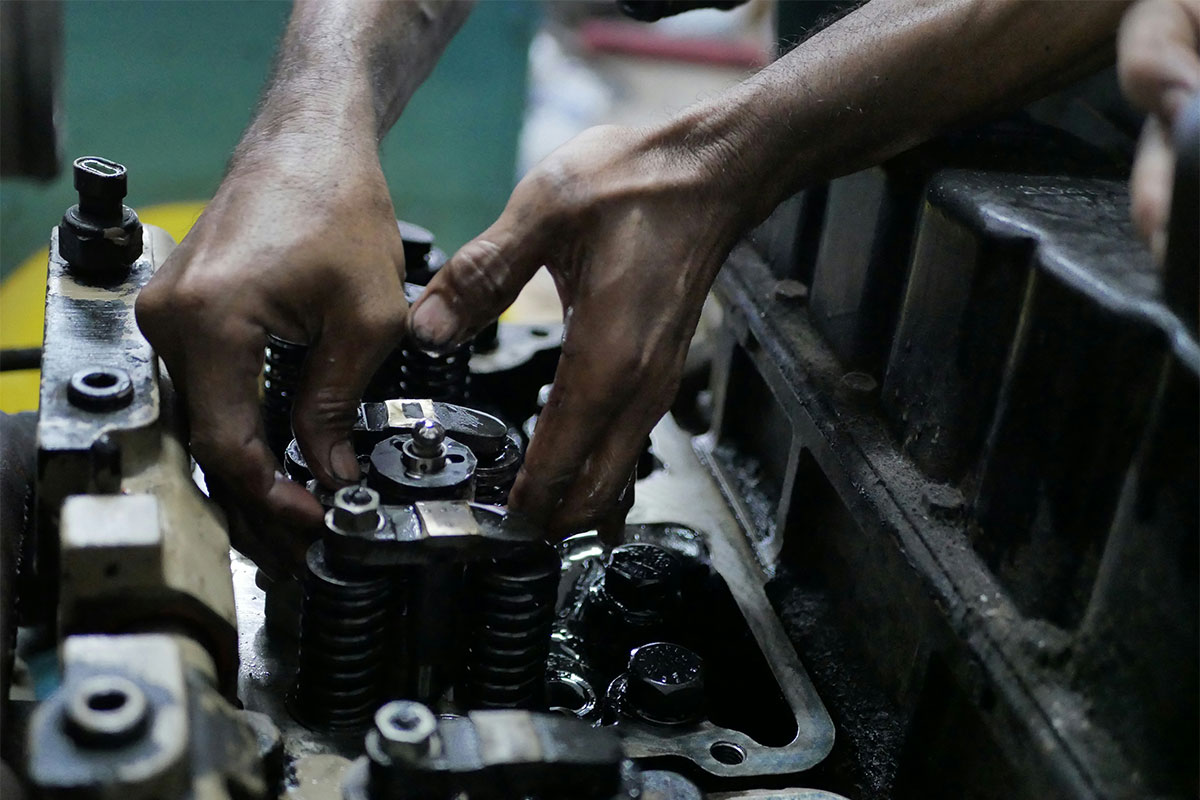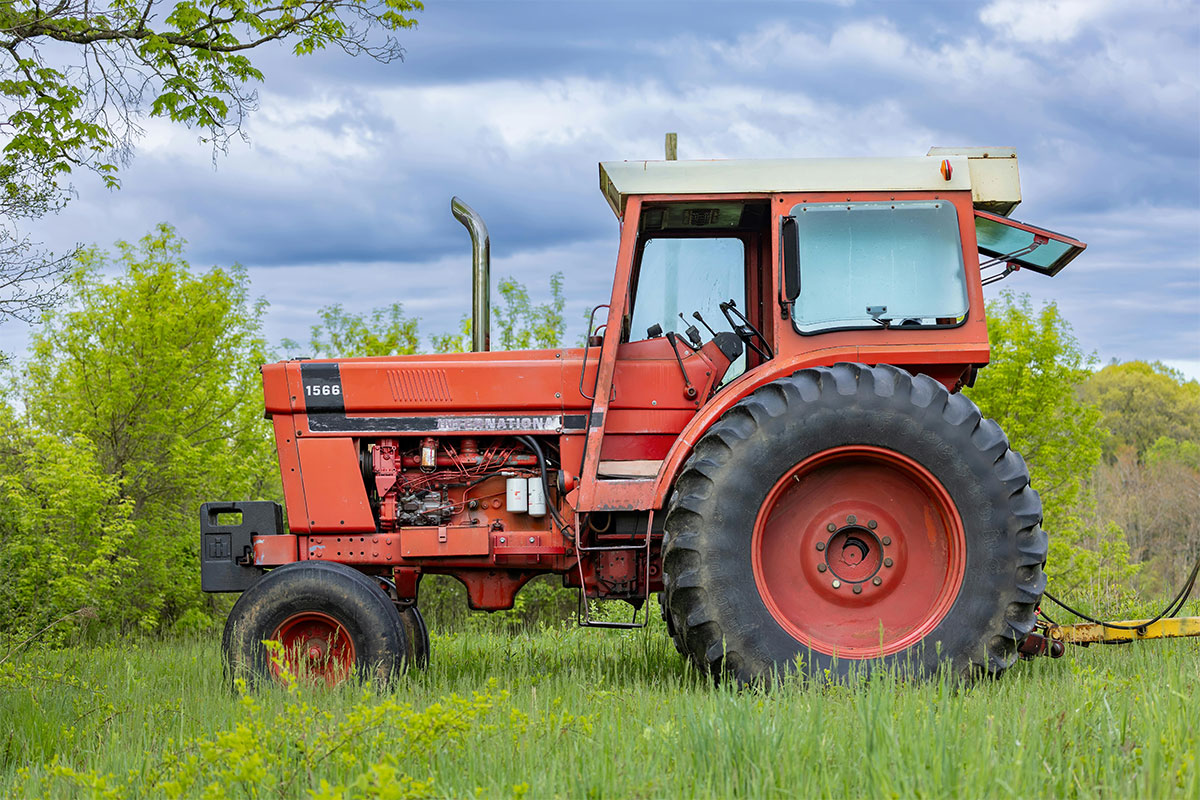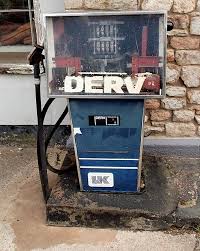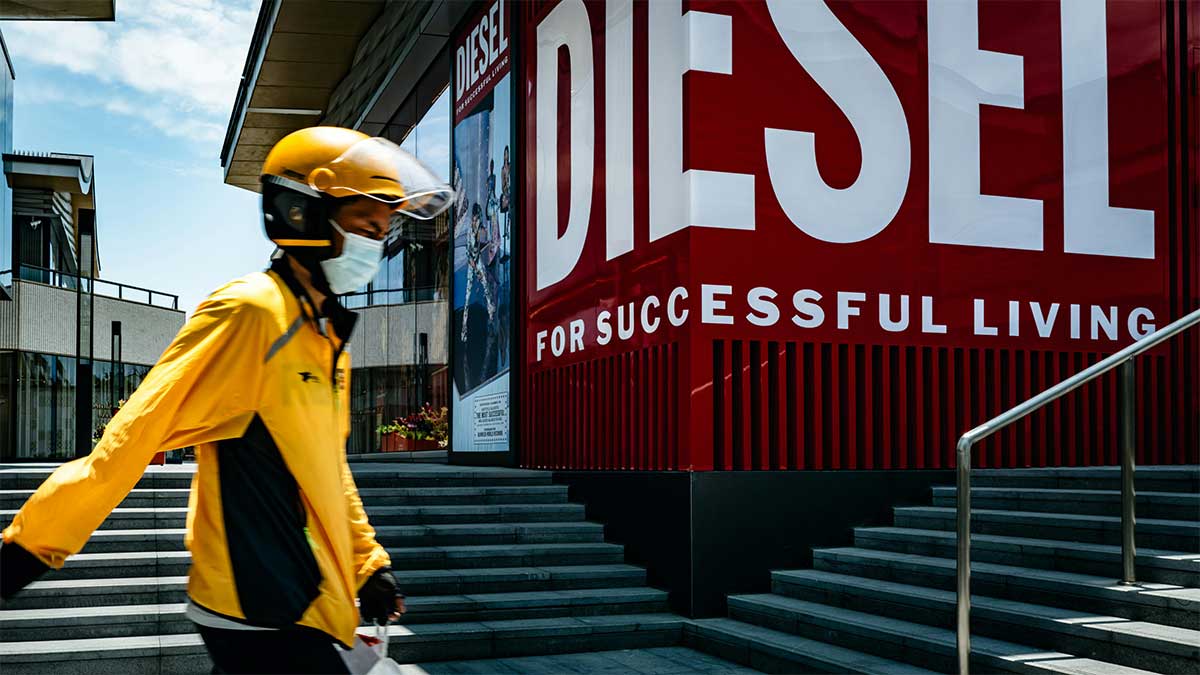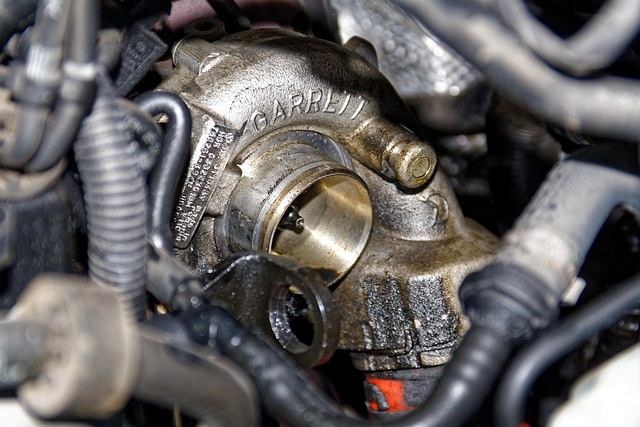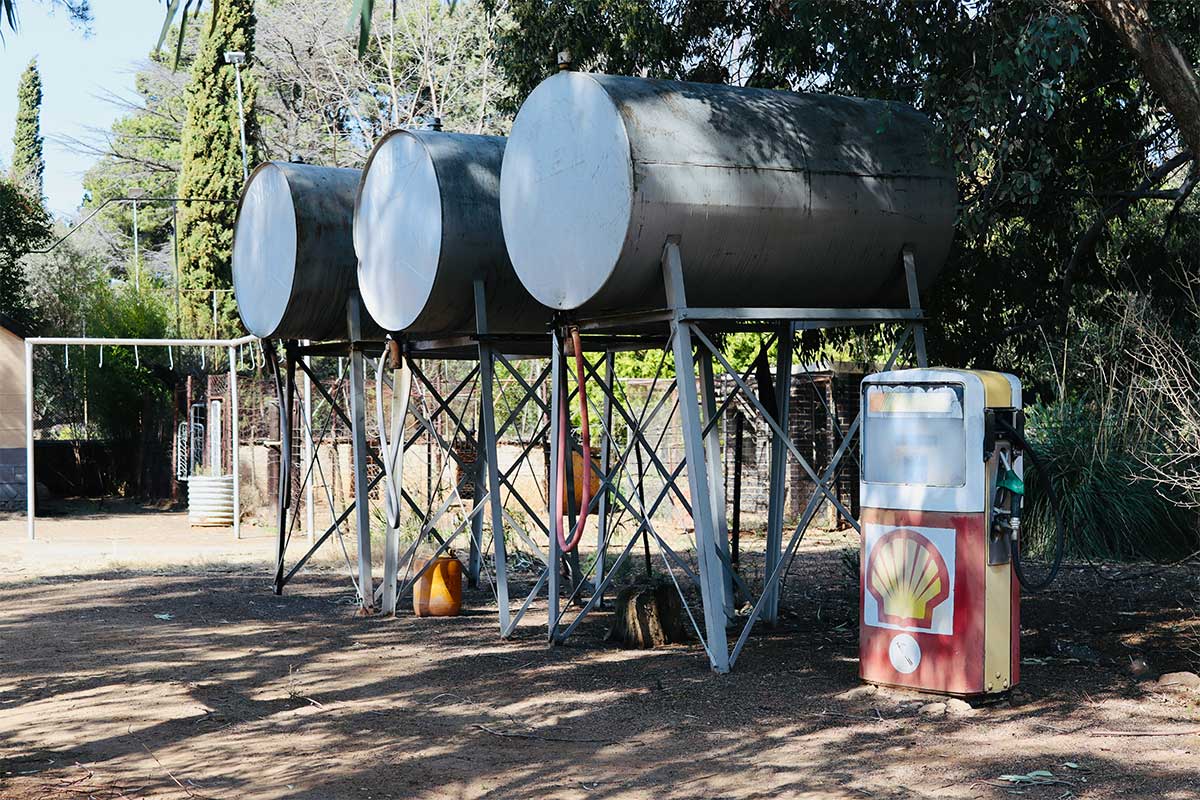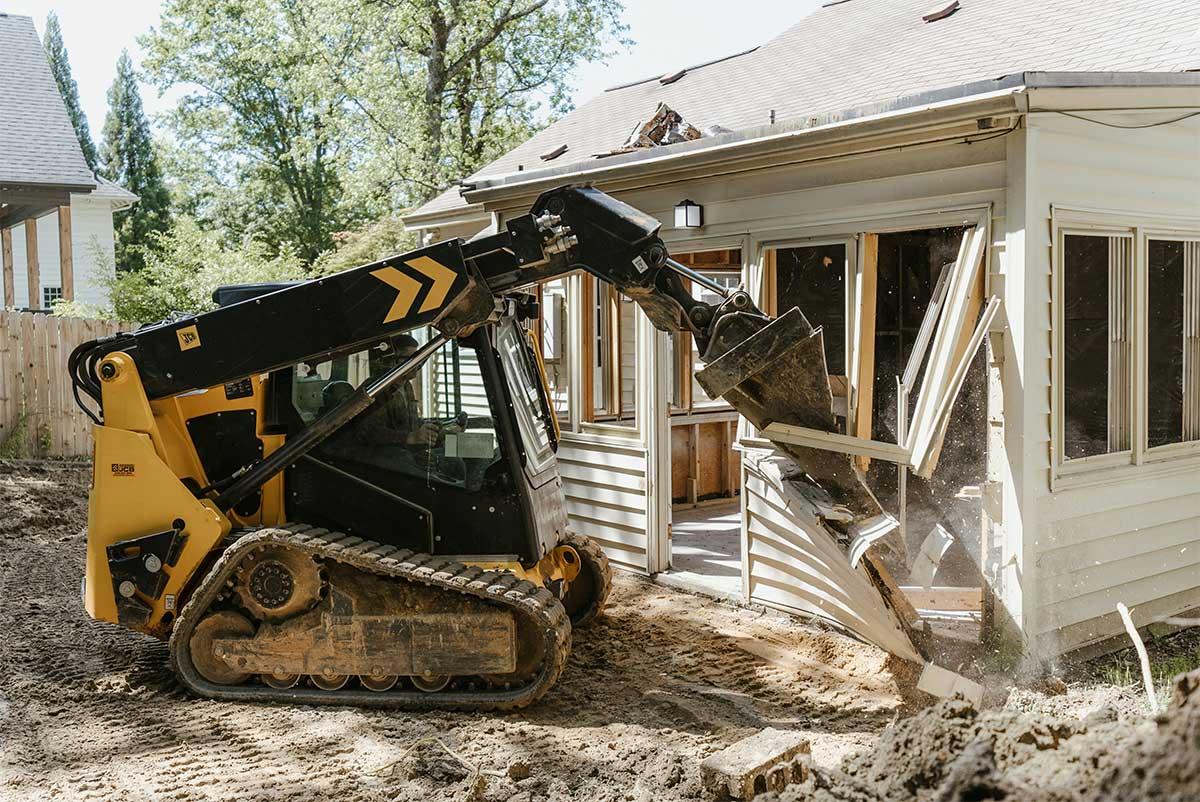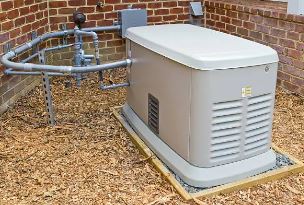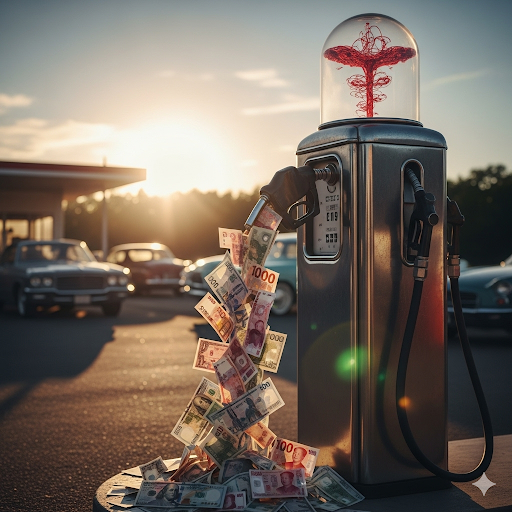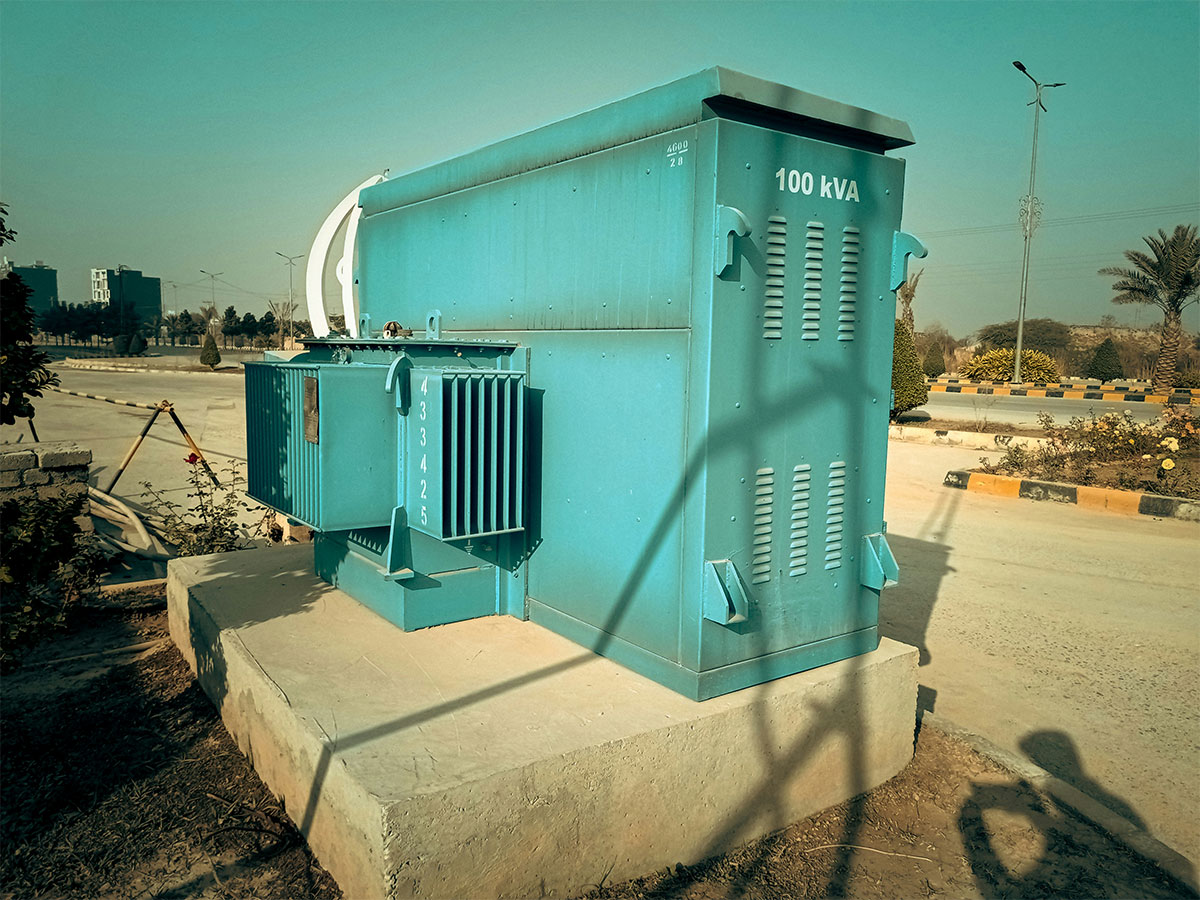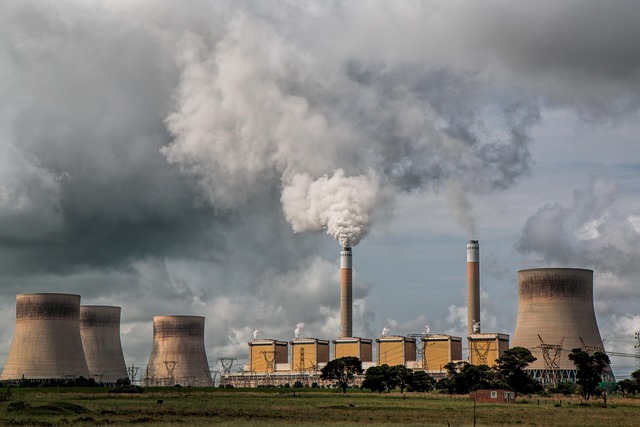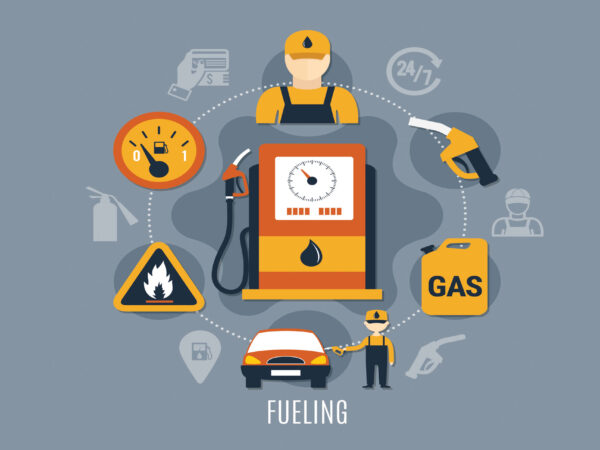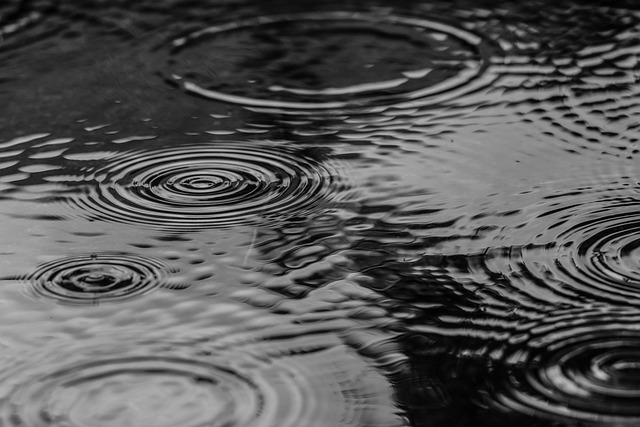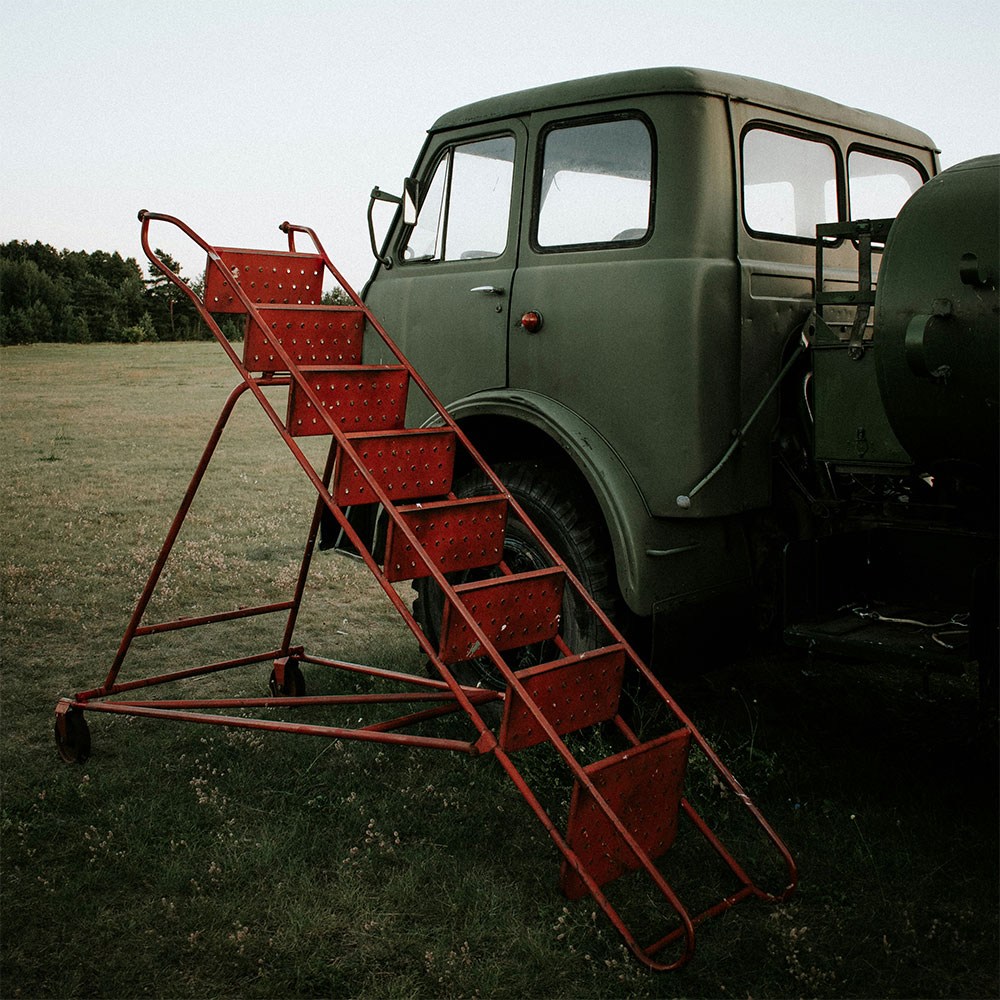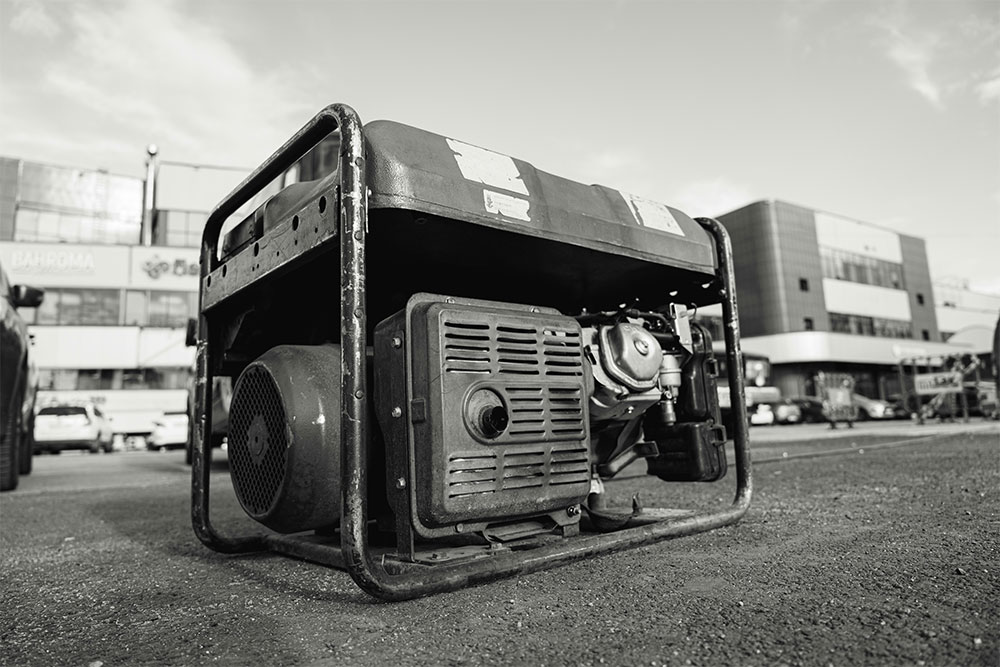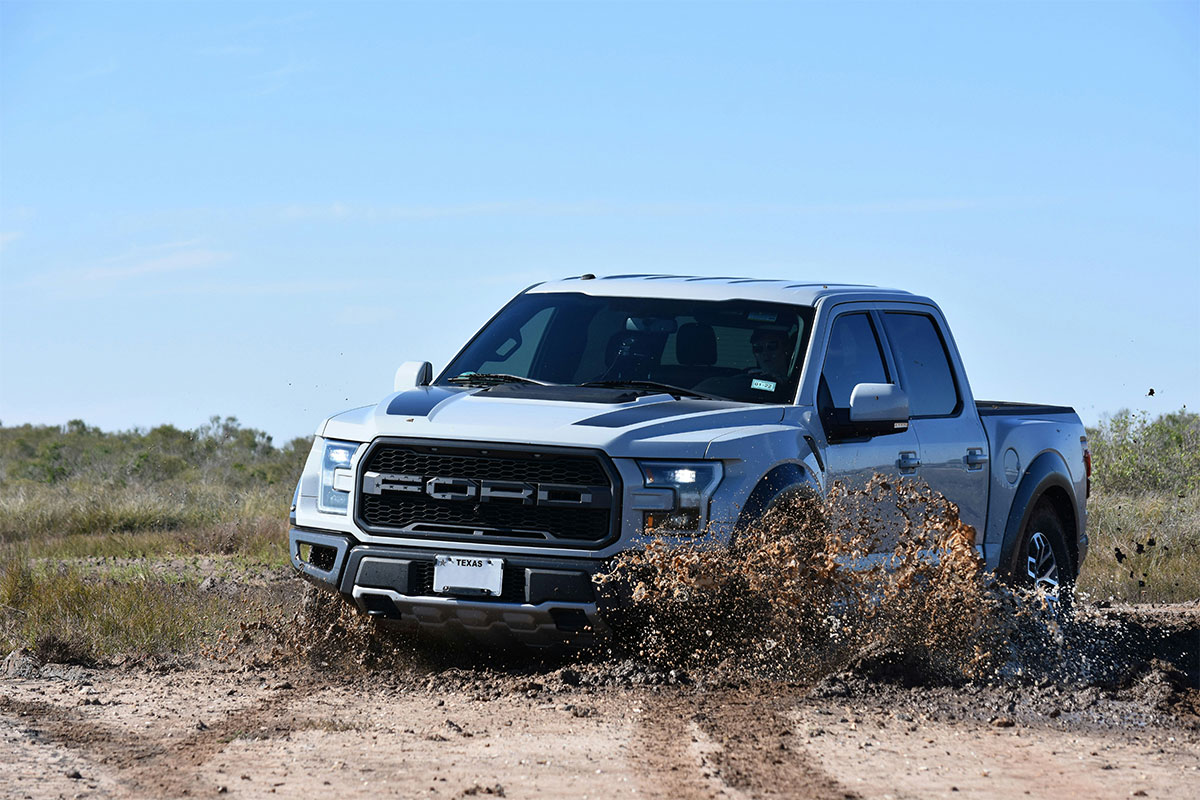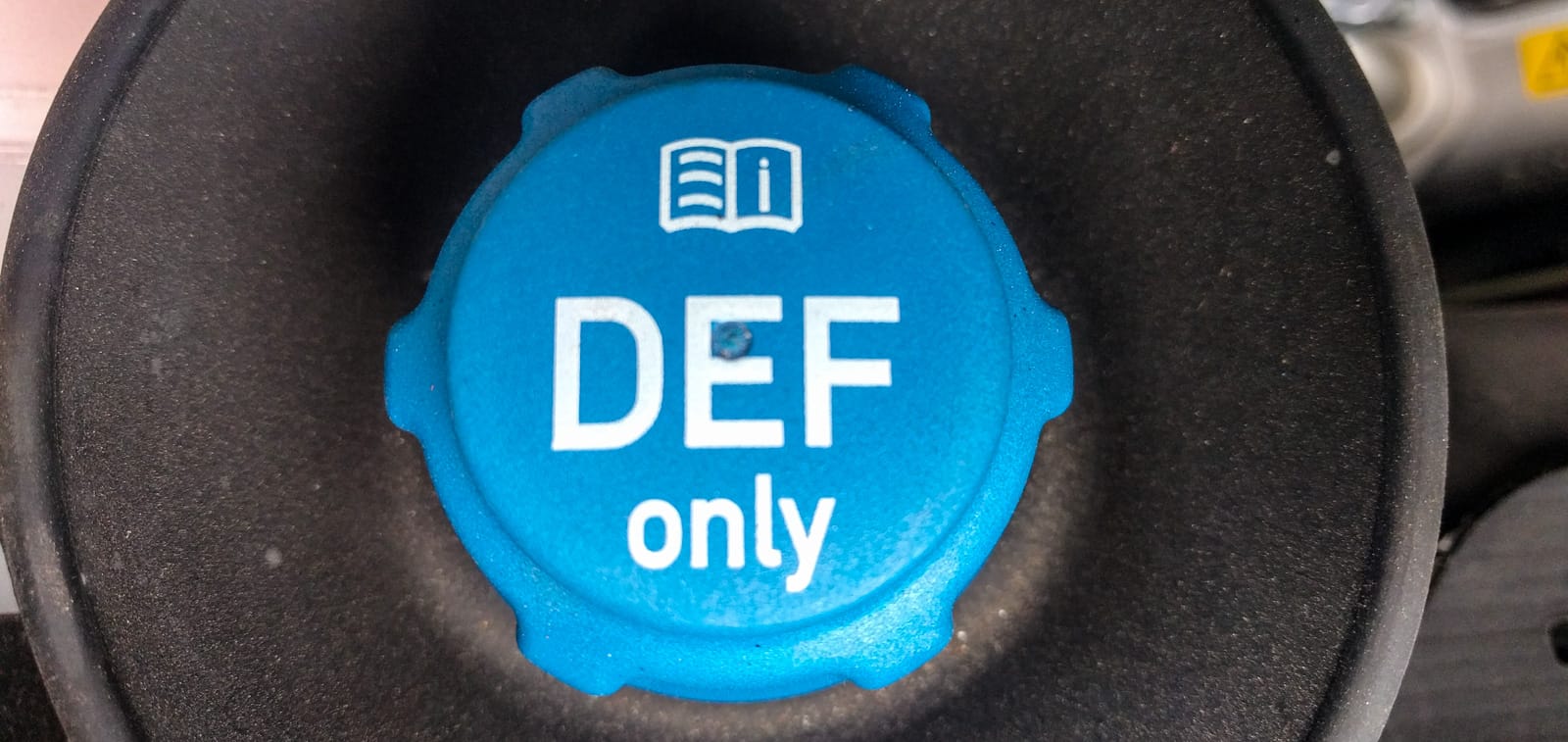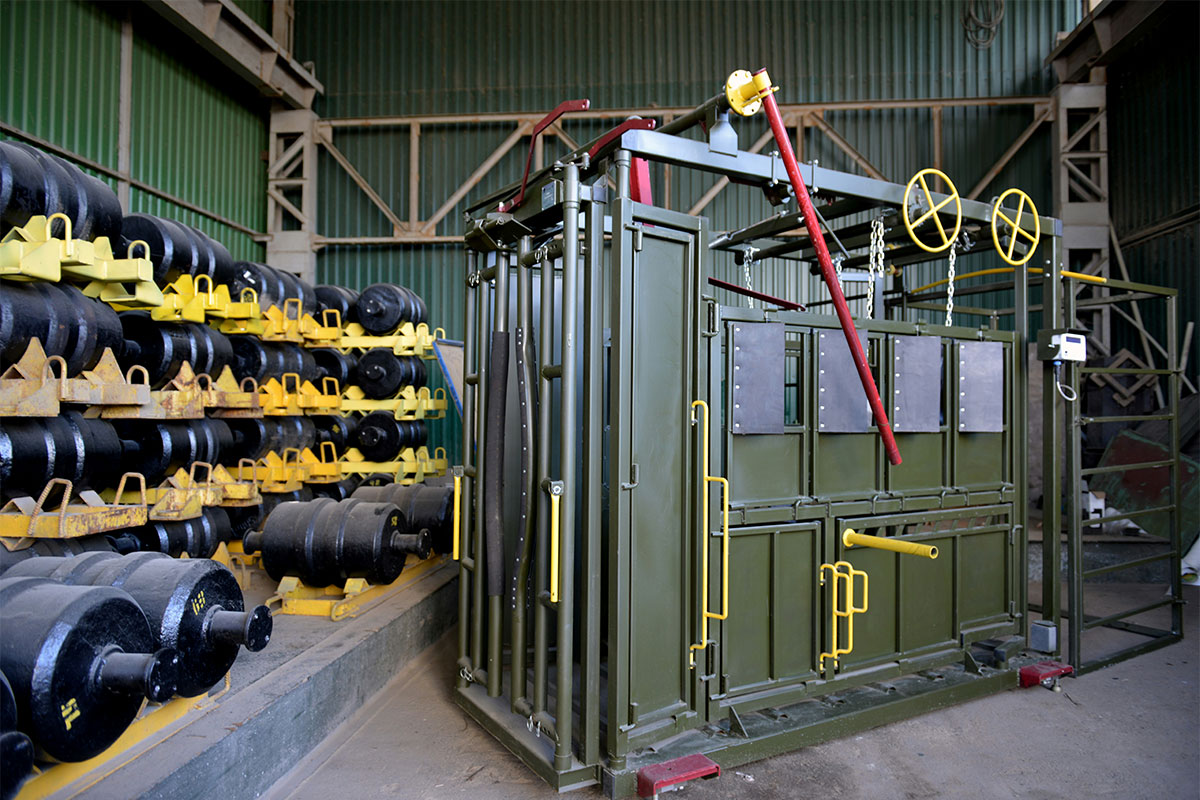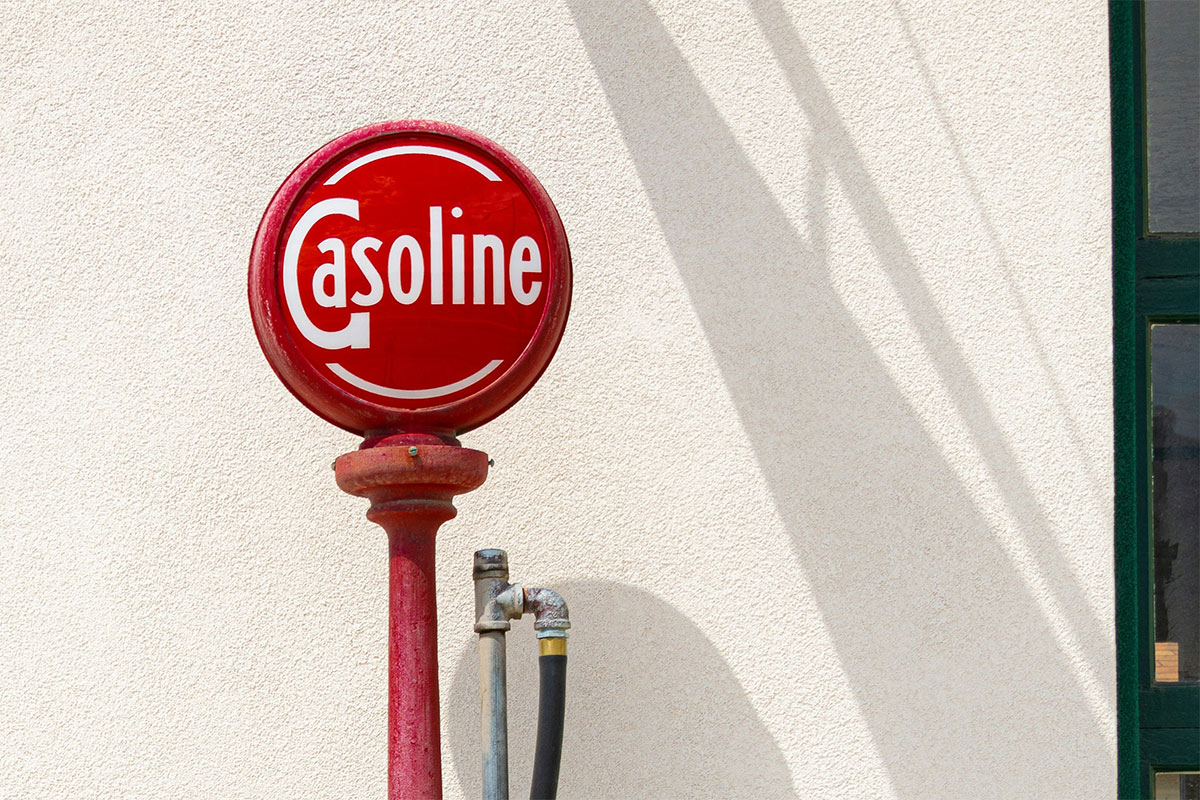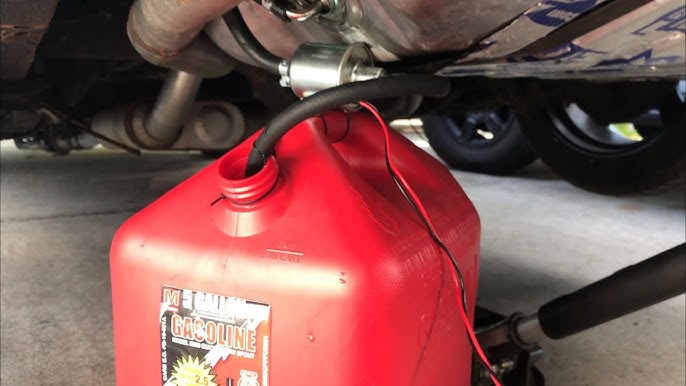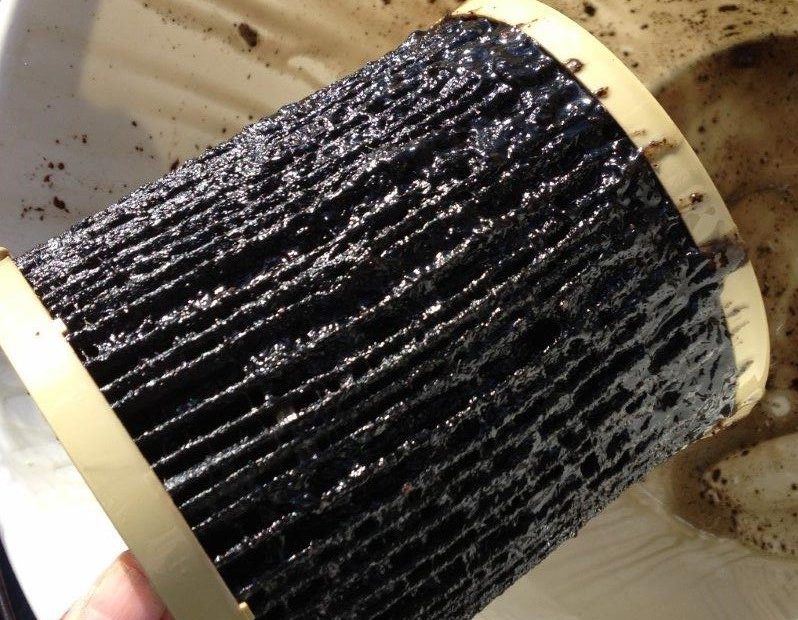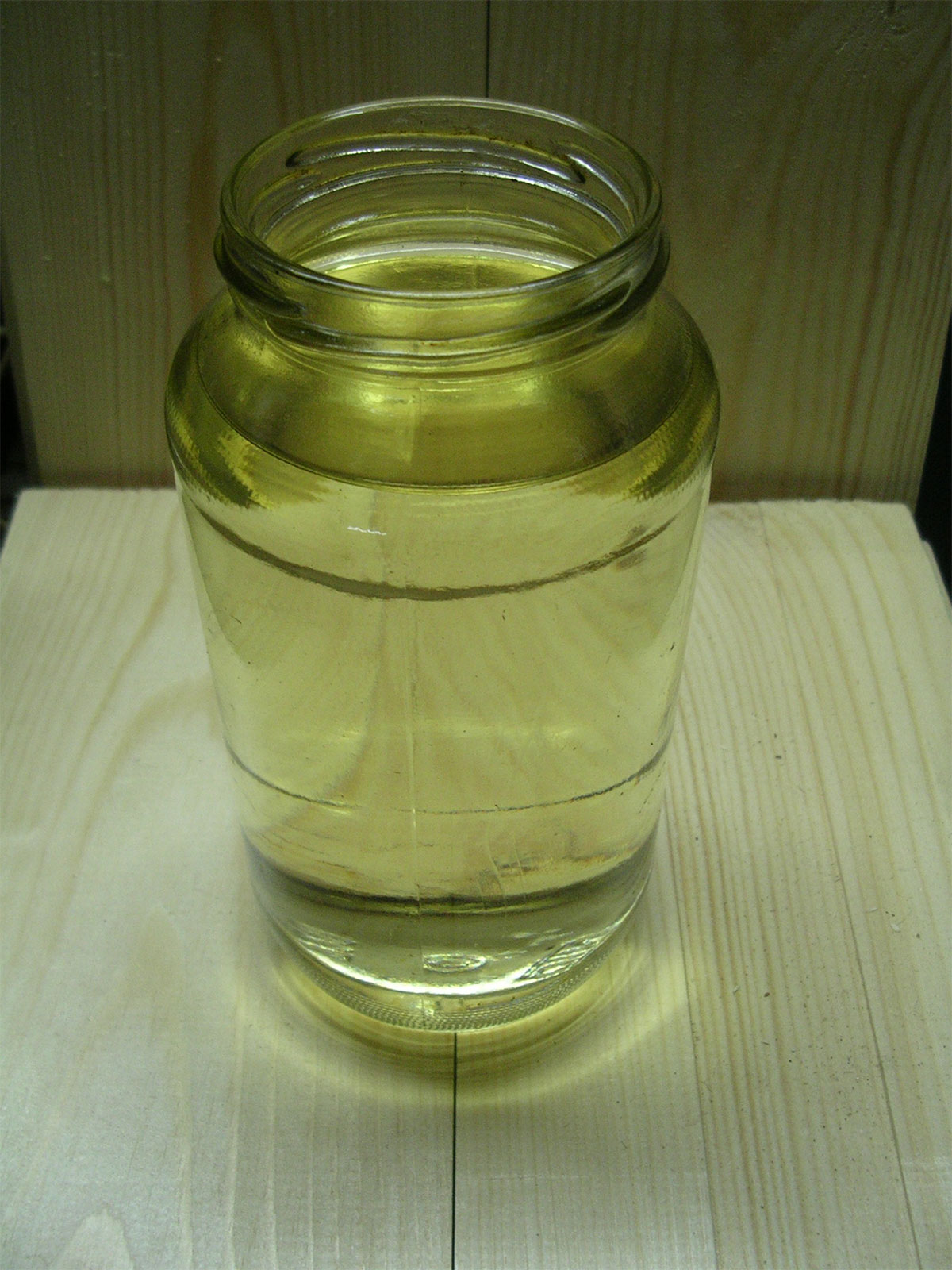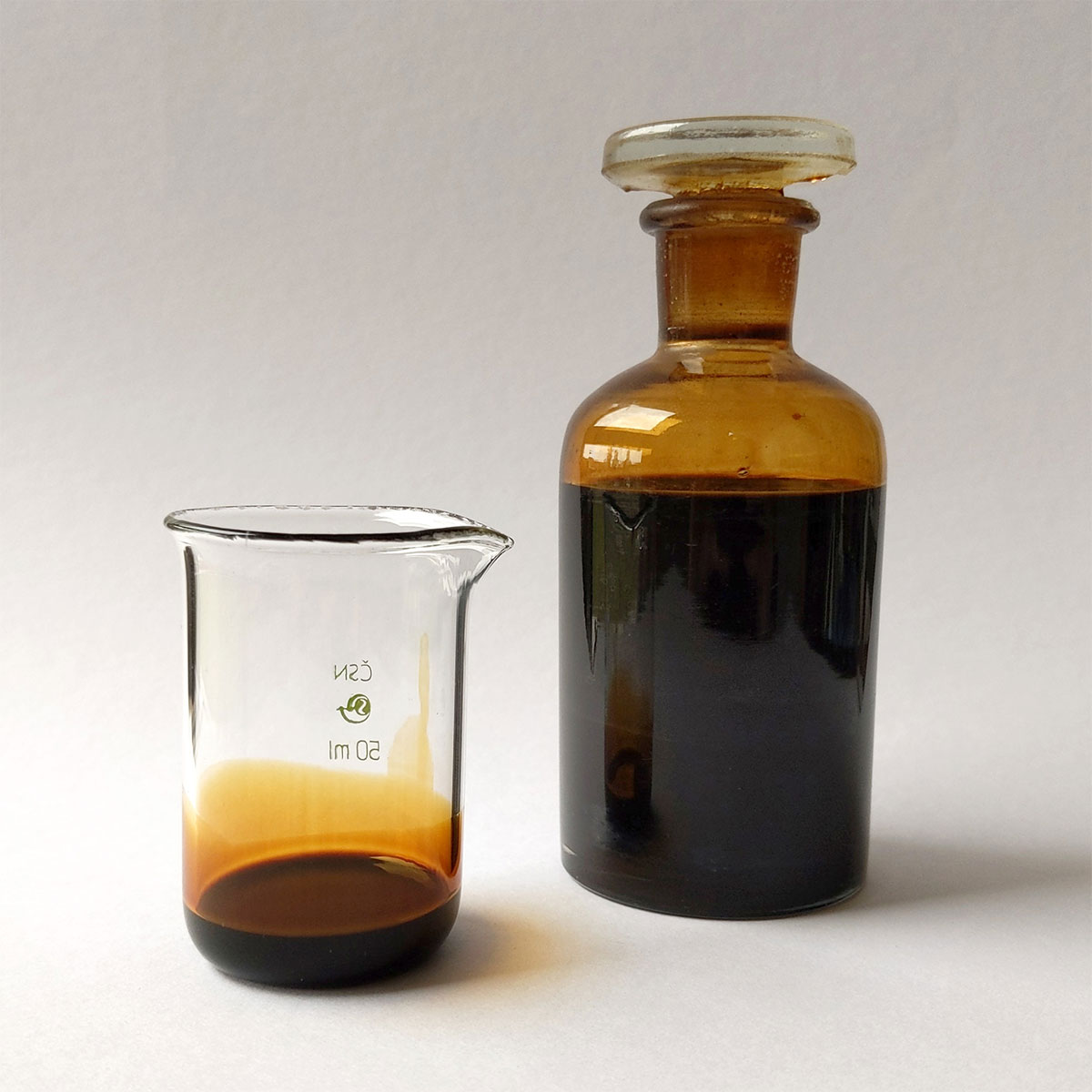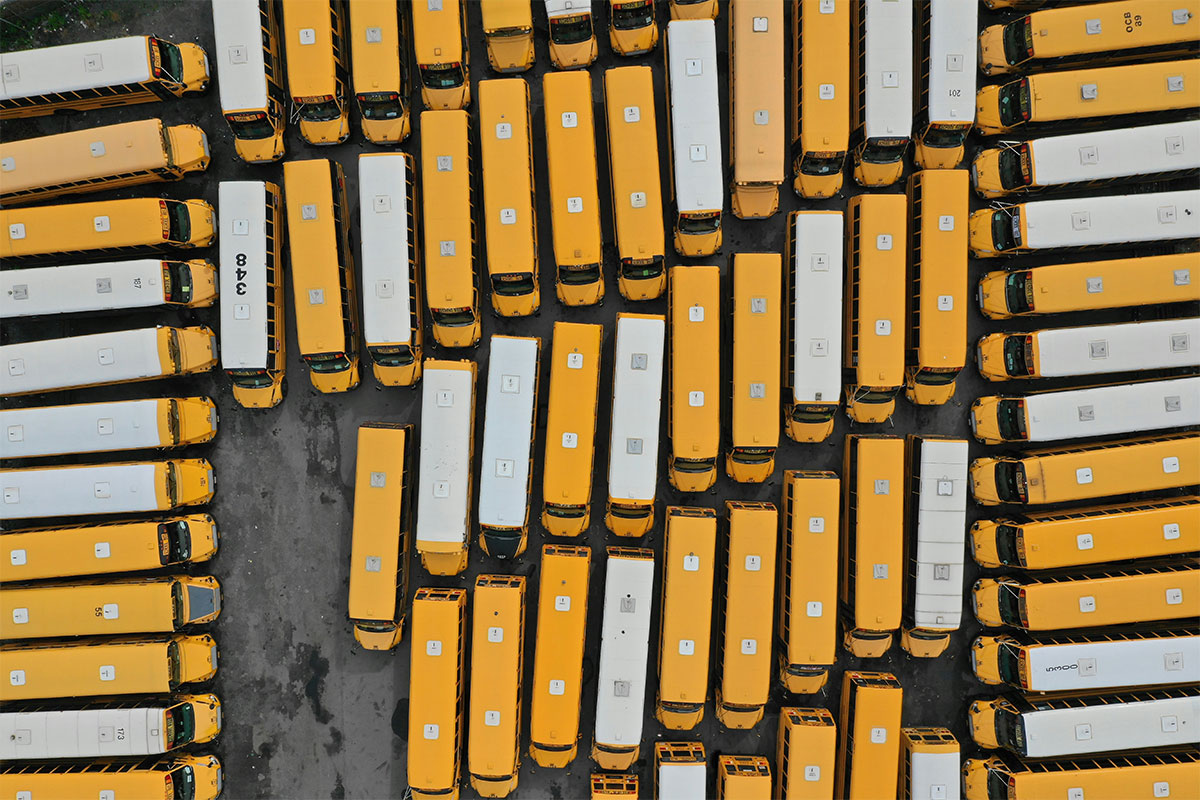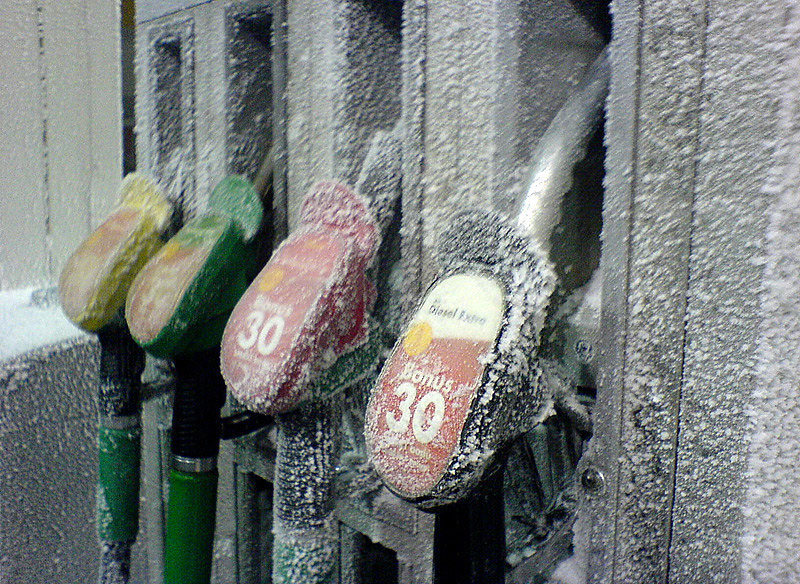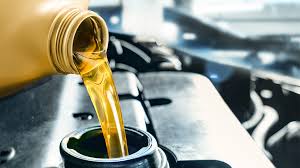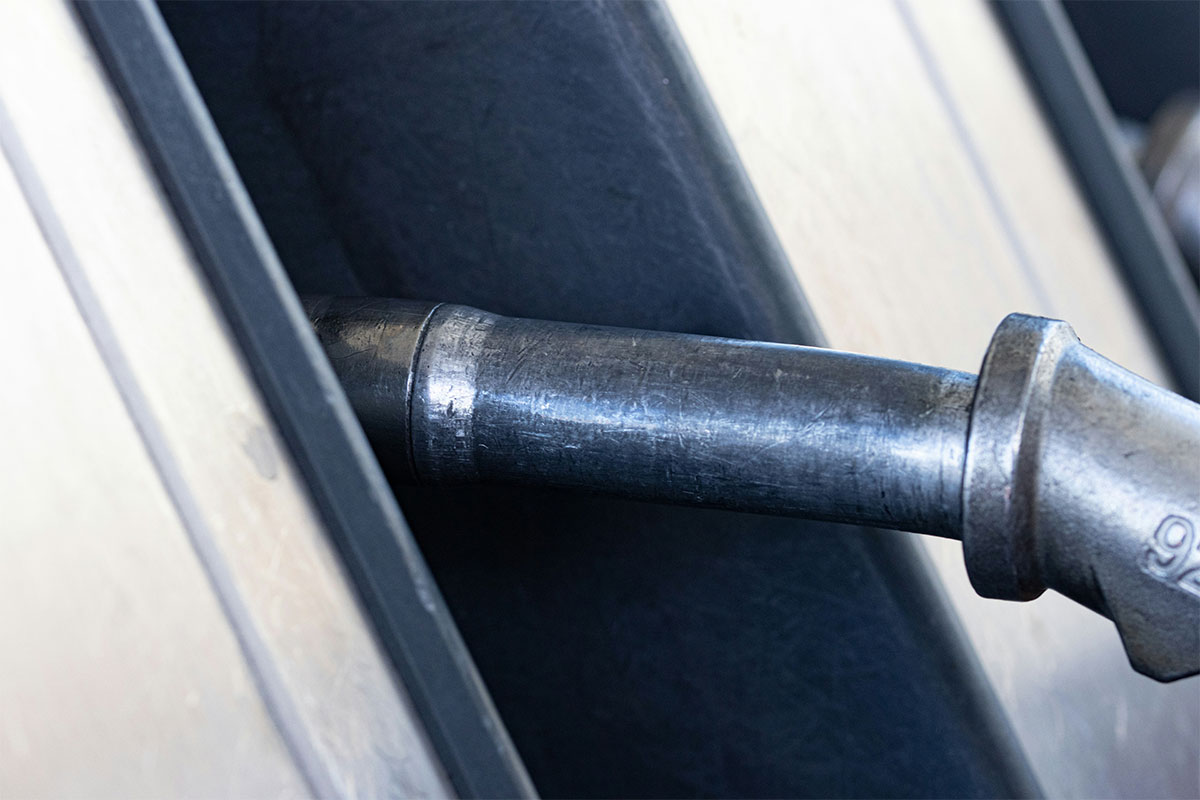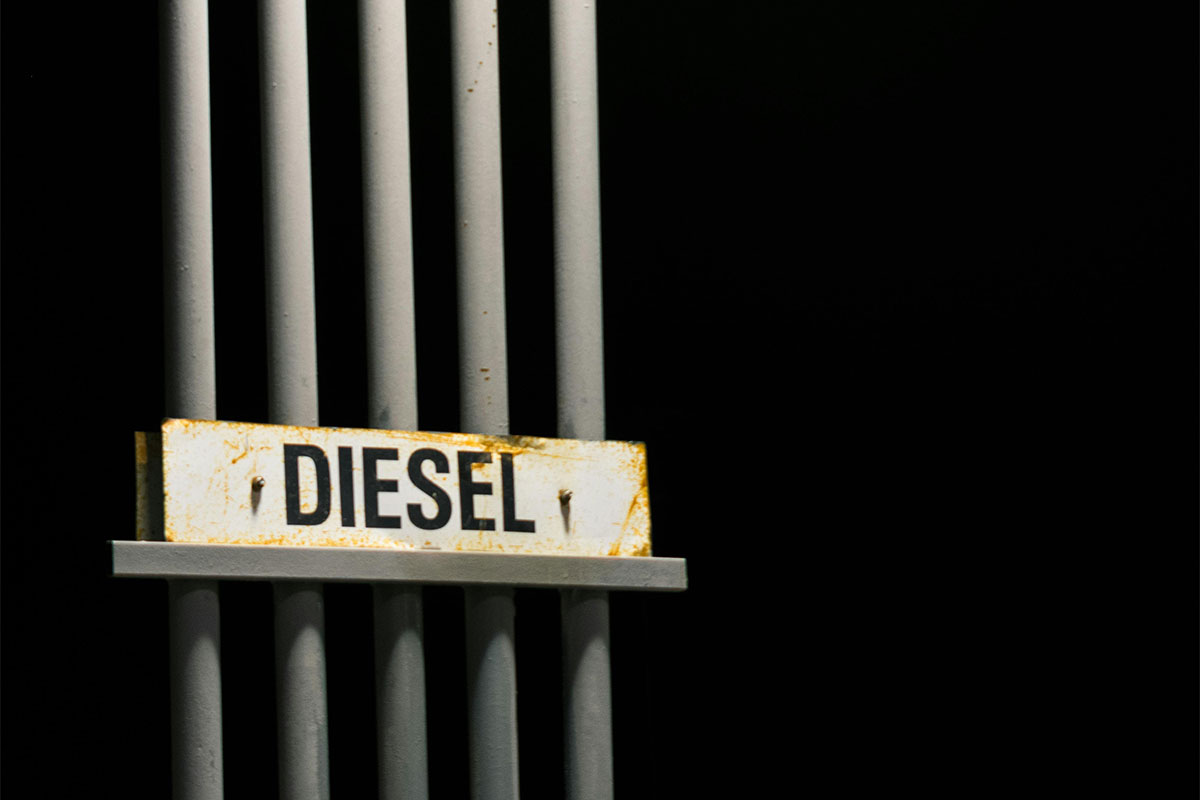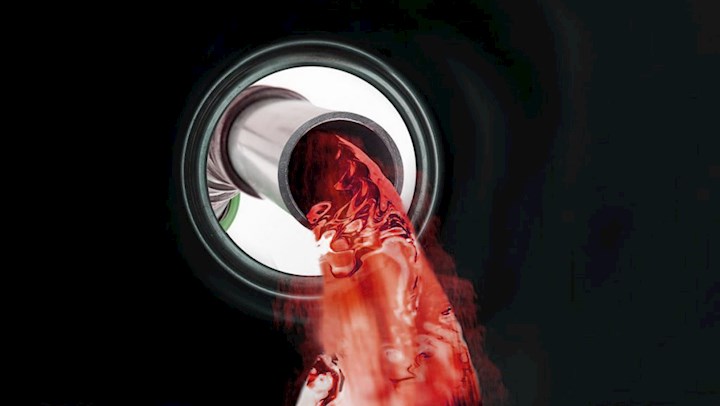Key Takeaways
- Always read labels carefully.
- Note that restrictors prevent diesel nozzles from fitting unleaded tanks.
- Be aware that diesel pumps in truck lanes are typically larger than gas pumps.
- Verify the nozzle size for compatibility between diesel and gasoline.
- If you accidentally misfuel, do not start the engine.
Table of Contents
Diesel Nozzle Vs Gas Nozzle?
When you’re at the pump, you’ll notice some key differences between a diesel nozzle and a Gas and diesel nozzles have distinct features like tip diameter, flow rate, and sometimes handle color, following industry standards to prevent misfuelling. Gasoline spouts are generally smaller than diesel ones, a key safety measure. While some stations label clearly, color coding varies, so always read decals. Heavy-duty lanes use high-flow spouts unsuitable for standard cars. Always check the grade label and your car’s fuel door to ensure correct fuel type, especially at unfamiliar stations, to protect your engine and wallet.
How Does Diesel Vs Gas Nozzle Size Compare?
The table below compares diesel vs gas nozzle size and why it matters;
| Feature | Typical size or spec | Where used | Why it matters |
|---|---|---|---|
| Gasoline spout OD | 13/16 in about 20.6 mm max OD near 21.3 mm | Passenger vehicles | Prevents will diesel nozzle fit in a regular gas tank by using a smaller opening |
| Diesel spout OD | 15/16 in about 23.8 mm | Retail diesel islands for cars and light vans | Larger tip helps prevent will a diesel nozzle fit into a gas tank |
| High flow diesel spout | 1-3/16 in about 30 mm | Truck lanes and depots | Too large for car fillers which avoids are diesel pumps bigger than gas confusion |
| Typical car flow | Usually limited near 10 gpm | Car islands | Controls splash and vapor with diesel nozzle vs gas nozzle |
Struggling To Tell Diesel And Gas Nozzles Apart?
Nozzle size restrictors block diesel tips from unleaded tanks, but smaller gas nozzles can enter diesel fillers. Learn labels, spout diameters, and flow rates to avoid costly misfueling.
Will Diesel Fuel Nozzle Fit Unleaded Tank?
Modern unleaded fuel fillers are designed with restrictors specifically to prevent diesel fuel nozzles from fitting. This means that a diesel fuel nozzle will not normally fit into an unleaded tank. The reason for this is that a diesel nozzle is bigger than a gas nozzle, with a typical diesel spout measuring about 15/16 of an inch, while the unleaded opening is smaller, blocking the diesel nozzle from entering a gas tank. This design addresses whether all diesel nozzles are bigger than gas nozzles at consumer pumps in most regions. However, there can be exceptions, particularly with older cars, specialized fillers, or damaged restrictors. It’s always a good idea to read the gas cap label to be sure when considering the difference between a diesel nozzle and a gas nozzle. If a diesel tip seems to enter an unleaded filler, it’s best to stop and consult with the attendant. These standards regarding whether diesel and gas pumps are different sizes were established for safety reasons.
Does An Unleaded Nozzle Fit In Diesel?
It’s much more common for a smaller gasoline tip to enter a diesel filler neck than the reverse, meaning “will diesel nozzle fit gas” isn’t usually the concern. This creates a higher risk because an unleaded spout can slide into diesel necks, especially on older or less restricted designs. That’s why “can a diesel nozzle fit in a petrol tank” is blocked, while “does a diesel nozzle fit in a petrol tank” isn’t the primary danger we worry about. Putting petrol in a diesel engine can cause a loss of lubrication and lead to pump wear, which highlights why “diesel nozzle vs gasoline nozzle” education is so important. You’ll often find that truck lanes help prevent cross-fueling by using larger tips that simply won’t fit into cars. Always treat any “gas vs diesel nozzle size” mismatch as a clear signal to stop and double-check.
Does Fuel Atomization Affect Nozzle Design?
When considering the differences between a diesel nozzle and a gas nozzle, it’s important to remember that the actual combustion atomization happens within the engine’s injectors, not at the fuel dispenser. Therefore, the type of nozzle used at the pump doesn’t directly influence the engine’s spray performance.
However, the design of a diesel fuel nozzle versus a gasoline nozzle still plays a crucial role in other aspects, particularly in controlling fuel splash and capturing vapors during fueling. This is where features like venturi sensing and spout geometry come into play, which are essential for the automatic shutoff mechanism. These specific design standards help make both diesel and gasoline nozzles safer to use at typical car fueling stations.
Is This Nozzle Compatible With Diesel Fuel?
Compatibility depends on seals, elastomers, and materials suited to diesel. Vendors rate nozzles for diesel with UL listings, which separates diesel nozzle vs gasoline nozzle tooling. Diesel lubricity influences component choices and long life. Always match label and rating before using any diesel vs gas pump nozzle on site equipment or transfer pumps to avoid leaks and early wear.
Not Sure Which Pump Fits Your Vehicle?
Compare common sizes, about 13/16 inch for gasoline, 15/16 inch for diesel, and larger high-flow truck spouts plus color caveats and the 8 to 10 gpm car-island flow limits.
What Safety Features Do Diesel Nozzles Include?
Ever wonder what makes fuel nozzles so safe and efficient? Here are some key features that ensure a smooth and secure refueling experience, whether you’re using a diesel vs gas nozzle:
- Automatic Shutoff: A clever venturi port inside the nozzle senses rising fuel levels and automatically stops the flow. This protects users across diesel vs gas nozzle families, preventing overfilling and spills.
- Spill Prevention: Anti-siphon and back-check valves are built into the system to contain spills during any diesel nozzle vs gas operation, keeping your refueling area clean and safe.
- Static Reduction: Grounding paths and guards are integrated to reduce static electricity buildup. This significantly improves gas nozzle vs diesel nozzle safety, especially during dry conditions.
- Ergonomic Design: Many nozzles feature trigger hold opens and breakaway clips. These enhance ergonomics without altering the fundamental gas vs diesel nozzle function, making refueling more comfortable.
- Certified Performance: Rest assured, certified listings confirm that each diesel fuel nozzle vs gasoline nozzle performs as intended for its specific fuel type and blend, ensuring reliability and compatibility.
How The Nozzle Dispensing Mechanism Works
When you activate a fuel pump by squeezing the handle, a valve opens, and the dispenser precisely measures the fuel dispensed through meter pulses. Each nozzle is designed with a sensing port that creates a small vacuum; this is what causes the pump to shut off automatically when the liquid covers the port, ensuring consistent diesel vs gas pump nozzle behavior. There’s constant communication between the nozzle and the dispenser, including interlocks that prevent fuel flow until the entire system is ready.
For consumer islands, there are specific limits in place to keep the gas vs diesel nozzle clean and minimize splashing. In contrast, truck lanes often feature sturdier valves to handle the higher flow rates, which explains the difference in diesel pump vs gas pump size at car islands compared to truck stops. All these integrated features contribute to making the diesel nozzle vs gasoline nozzle experience predictable and straightforward for drivers, no matter which station they visit.

What Is The Typical Nozzle Flow Rate?
When you’re at the pump, you might notice a difference in gas vs diesel nozzle size. Passenger vehicle pumps typically dispense fuel at about eight to ten gallons per minute. This rate is carefully set by regulations and equipment to prevent fuel from splashing back out of your tank.
However, if you’re fueling a larger truck, you’ll find that truck lanes use high-flow equipment. These can deliver fuel much faster, anywhere from forty to sixty gallons per minute! This is a significant difference compared to a diesel vs gas nozzle you’d find at car islands. To accommodate this higher flow, truck pumps also feature larger spouts. This answers the question of “are diesel pumps bigger than gas” for heavy-duty users – yes, they are, and for a good reason. These larger spouts are specifically designed not to fit into the smaller filler necks of passenger cars. This prevents accidental overfilling or splashing, as faster flow rates can increase the risk of splash in smaller tanks. So, next time you’re at an unfamiliar truck stop, make sure to pick the correct island before using any diesel nozzle vs gas nozzle to ensure a safe and efficient fueling experience.
Is The Diesel Nozzle Always Green?
It’s a common misconception that handle colors reliably indicate whether you’re looking at a diesel nozzle or a gas nozzle. In reality, these colors vary significantly by brand and even by country, making it difficult to trust green for making fueling decisions. For instance, in some regions, green can actually signify gasoline, which can definitely complicate gas nozzle versus diesel nozzle choices, especially when you’re in a hurry or it’s dark outside.
To avoid any confusion about diesel versus gas nozzle size, the best practice is always to read the pump labels and grade decals carefully before you start fueling. While colors can certainly help with initial wayfinding, it’s the labels and specific nozzle markings that truly prevent mistakes. Many manufacturers even sell identical hardware in different colors, which further proves that color isn’t a standardized indicator.
To be absolutely certain about whether you have a diesel versus gasoline nozzle, take a moment to slow down. Confirm your selection by checking the product button and verifying the price on the screen before you begin dispensing fuel. Remember, when it comes to safety and accuracy at the pump, labels are far more reliable than paint.
How To Identify A Diesel Nozzle
Always look for clear diesel labels on the pump face and boot, and confirm the spout size is larger than gasoline nozzles. Before lifting the handle, read the product button and screen. If you’re in a car, avoid truck lanes if they are nearby. Remember, labels are always more reliable than color when distinguishing between diesel and gasoline nozzles.
Misfueled? Do This Before You Start The Engine
Stop fueling, do not start the car, move to a safe spot, and call for a drain and flush. Use our step-by-step plan and document pump numbers and receipts.
What Happens If You Put Unleaded Gas In A Diesel Engine?
Putting petrol in a diesel engine can cause significant damage because it strips away lubrication from crucial components like pumps and injectors, potentially leading to expensive repairs. If you realize this has happened, it’s absolutely vital to stop immediately and, most importantly, do not start the engine. This is critical for any incident involving a diesel nozzle versus a gas nozzle error. You should call for roadside assistance to have the fuel system drained and flushed before the damage gets worse.
Signs that you might have misfueled include a rough idle, excessive smoke, and a noticeable loss of power, all of which confirm a diesel nozzle versus a gasoline nozzle mistake. Even a small amount of petrol can increase the risk of wear and tear, so treat any mistake seriously and consider documenting the event at the service station. The best way to prevent this in the first place is to always read the labels carefully and understand the gas versus diesel nozzle differences at every fueling location.
What Happens If You Put Gas In A Diesel Car?
Accidentally putting gasoline in a diesel engine can strip away the necessary lubrication, potentially causing high-pressure pumps and nozzles to seize. If you’ve made the mistake of mixing diesel nozzle and gas, or a diesel fuel nozzle and a gasoline nozzle, do not turn the key. Instead, stop immediately and call for assistance. A professional service can drain and clean the fuel lines, which will help limit damage. For any potential claims, remember to document the pump number and keep your receipt.
What To Do If You Misfuel?
Making a fueling mistake can be a real headache, but knowing what to do next can save you a lot of trouble and potential damage to your vehicle. Here’s a quick guide on how to handle the situation if you’ve accidentally used the wrong fuel:
- If you’ve made a diesel vs gas nozzle mistake, do not continue fueling and absolutely do not start the car.
- Carefully push your vehicle to a safe spot and immediately call for roadside assistance. They’ll be able to perform a drain and flush of your fuel system.
- When speaking with support, be sure to provide accurate details: the exact product you put in, the volume, and the specific lane at the station where the diesel nozzle vs gasoline nozzle error occurred. This information is crucial for their records.
- Keep all your receipts and make a note of the pump number after any gas vs diesel nozzle errors. This documentation will be essential for any potential claims.
- After the service, refill your tank with the correct fuel. Then, keep a close eye (and ear) on your car for any unusual noises or smoke, as this can help you catch any lingering issues early.
Are Gas And Diesel Fuel Pumps The Same?
While diesel fuel nozzles and gasoline nozzles might appear similar at first glance, their internal mechanisms and safety ratings are quite distinct. There are significant differences in vapor recovery hardware, compatible seals, and even calibration, all of which vary depending on the specific product and regional regulations. You’ll also notice that gas pumps for diesel are generally bigger, especially at heavy-duty truck islands, which are designed for fleet fueling and have different spouts and higher flow rates. It’s crucial never to use a truck lane pump if your vehicle has a small filler neck, as the tip and flow rate of a diesel versus gas pump nozzle on cars simply won’t match. Remember, interchangeability ends where size and certification diverge, so always trust the labels before using any gas nozzle versus diesel nozzle at an unfamiliar fueling station.
The Difference Between Gasoline & Diesel Fuel?
Understanding the differences between petrol and diesel is crucial, not just for the car’s performance but also for proper fueling. Gasoline is a lighter fuel, designed for engines that use spark ignition. Diesel, on the other hand, is a heavier fuel that ignites under compression. These chemical distinctions explain why the size of the nozzle at the pump, particularly which nozzle is bigger petrol or diesel, often favors diesel. Using the wrong fuel can quickly damage a vehicle’s system, highlighting why questions like are diesel fuel nozzles bigger than gas are important for preventing costly mistakes.
Beyond their chemical makeup, the nozzles themselves are designed differently, which also shapes the handling experience at fueling islands. There are variations in flow rate and shutoff tuning between gas vs diesel nozzles. To ensure you’re dispensing the correct fuel, always use the appropriate product button and confirm your selection on the price screen before fueling. Developing good station habits is more important than focusing solely on color when comparing diesel nozzle vs gas nozzle hardware across different brands and countries.
What Are The Key Differences Between Diesel And Gas Nozzles?
When selecting a fuel nozzle, remember the diesel vs gas nozzle size difference: size first, label second, color last. Always read decals and confirm the fuel door notes before fueling to ensure you choose the correct diesel nozzle vs gasoline nozzle.
